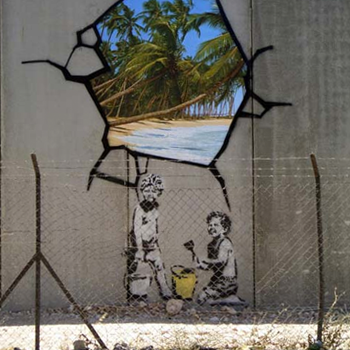Question #da0d3
1 Answer
It reflected Soviet and American imperialism which had disastrous consequences for these countries.
Explanation:
The view expressed by Brezhnev reflected Soviet policy towards Soviet satellite states from the end of World War 2 onwards. Indeed it could be argued that it was reflected in Stalin's attitude towards these countries even before the war ended.
In 1944 the Poles rose up against the Germans, hoping for support from the Red Army who were nearby. However Stalin cynically held back his armies and allowed the Germans to crush the uprising with great brutality; then the Soviets took over.
Similarly after the war the refusal of Stalin to allow American aid into Western Europe, the imposition of communist governments and the denial of democratic rights, and the imposition also of command economies meant that Eastern Europeans suffered from economic stagnation and totalitarian regimes.
When Khrushchev took over and denounced Stalin, there were hopes that Soviet control would be eased. However these hopes were crushed when the Soviets invaded Hungary to put down their uprising in 1956.
Similar events happened during Brezhnev's time in power when Soviet troops entered Czechoslovakia in 1968 to crush the Prague Spring of Alexander Dubcek.
The Americans have a long history of supporting brutal regimes in Central and South America. This reflects the Monroe Doctrine, going back to the beginning of the 19th century, where the US made clear this was their sphere of influence.
There are numerous examples. These include support for the Somoza regime in Nicaragua, the Batista regime in Cuba and organising and arming right wing death squads in El Salvador. Not only did they assassinate Archbishop Oscar Romero but were responsible for the murders of tens possibly hundreds of thousands of civilians. This has also been replicated in Nicaragua and Guatemala.
American intervention in South East Asia primarily Vietnam reflected post war policies such as containment, and the domino theory. Such involvement stretches back to the end of World War 2 when the Americans became more involved to fill the vacuum left by the disintegration of European empires.
The most famous example was increasing involvement in Vietnam which was at its height in the late 60's and early 70's. The use of napalm, carpet bombing and Agent Orange were to have a devastating impact on the country and its people.
Similarly the CIA-organised coup in Cambodia which brought the military dictatorship of Lon Nol to power destroyed a fragile balance in the country. The illegal bombing of Cambodia killed over 500,000 and destroyed 80% of the countryside.
Such actions were instrumental in bringing the Khmer Rouge to power who then proceeded to eliminate about one-third of the population.
The human cost of American foreign policy in the area can be measured in millions of deaths.

